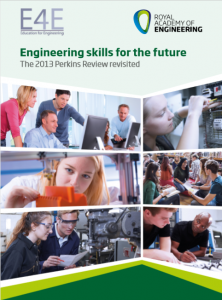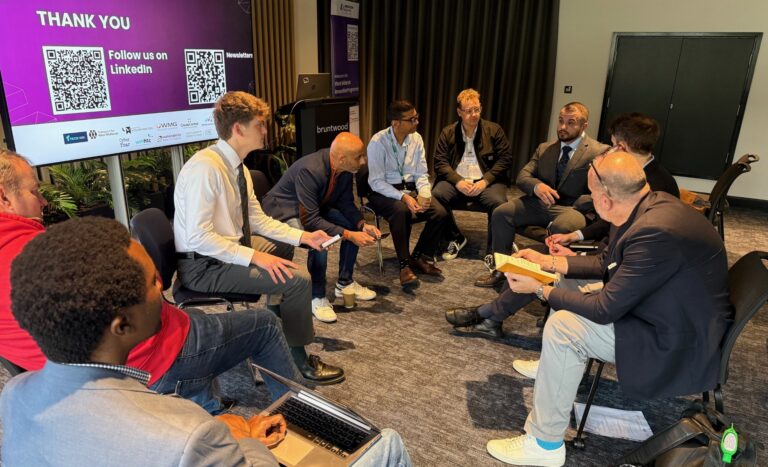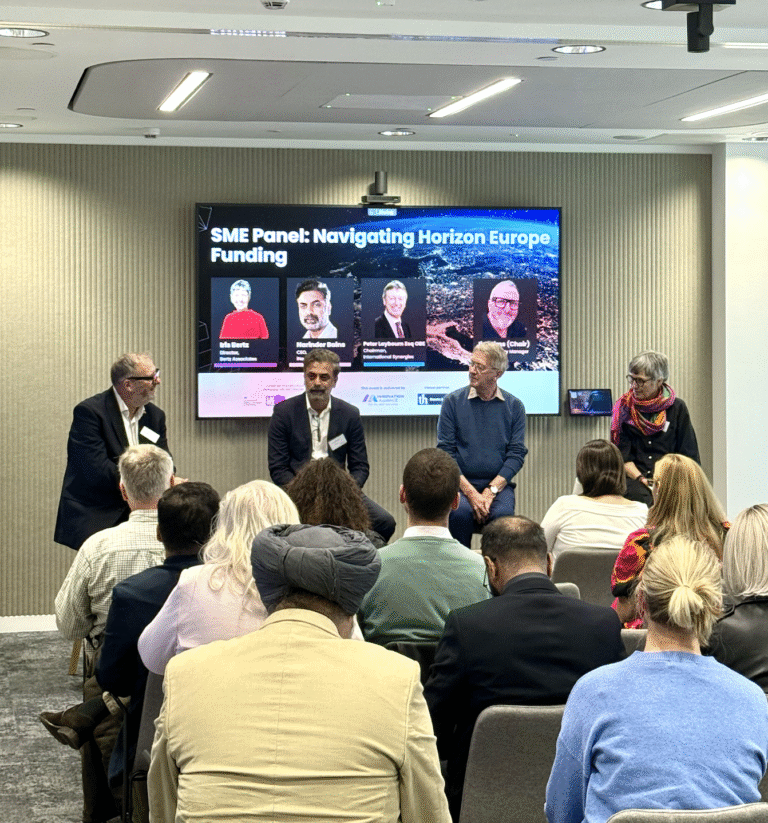
It’s more than five years since Professor John Perkins published his review of engineering skills in the UK, calling for action to tackle the ‘leaky pipeline’ and redress persistent skills shortages. Perkins has now published a second report outlining progress since 2013 – and it’s not all that encouraging.
Granted, some valuable progress has been made. Uptake of maths at A-level has shown a promising trend, though physics uptake is still inadequate. Work by the professional engineering institutions and the Royal Academy of Engineering to raise awareness and improve understanding of the subject has made some progress, and is an illustration of a greater spirit of cooperation between the professional bodies. The advent of T levels is potentially a very positive step forward, offering an alternative route into engineering careers from the traditional, more ‘academic’ pathways, but developing broader skill sets than apprenticeships. Devolution of skills responsibilities to regions, for example to local enterprise partnerships, is to be welcomed – the skills priorities of the north east or south west won’t necessarily be the same as those in the London – Cambridge – Oxford ‘golden triangle’. Meanwhile, innovations in teaching and learning methods are being made: for instance use of simulation, virtual reality and augmented reality techniques can have a lot to offer when student cohorts are large, even though they cannot fully take the place of real site visits and real engagement with employers.
But there are caveats. The success of T levels, for example, depends on the necessary funds and the necessary skilled staff being available and, importantly, requires that industry steps up to the mark by offering suitable work experience placements. Perkins rightly notes that the track record of UK industry in this latter respect, with some commendable exceptions, is poor – firms will have to do a great deal better if lack of work experience is not to undermine vocational, or indeed academic, education.
Some of the other problems flagged by Perkins in 2013 still persist. They start in schools. Promotion of STEM is fragmented, with literally hundreds of initiatives and too little connection between them. The damaging split between ‘arts and science’ at age 16 is still in place despite repeated warnings about its negative impact – not least in allowing too many people in various walks of life (including politics!) to remain dangerously ignorant of science. We still fail to attract sufficient science and maths teachers, although there are some interesting innovative ideas for improving the supply. Moreover, work is needed to improve teacher perceptions of science and engineering, and to make sure that proper professional development provision is made – and funded. Fortunately there is some progress to be reported: the Tomorrow’s Engineers programme and the Royal Academy of Engineering’s “This is Engineering” campaign have gone some way to improving coordination, and there’s an increasing realisation that coordination needs to be accompanied by systematic evaluation of the effectiveness of STEM promotion schemes.
The UK, or at least England, has made rather a mess of the introduction of apprenticeships, with widespread concerns about the rules governing use of the apprenticeship levy, and a tendency for apprenticeships to focus rather narrowly and so prepare candidates for a job rather than for a career that could last 50 years. Along with T levels, apprenticeships face the challenge of achieving equal esteem with more academic routes: a very good way to do that is to have them evaluated and accredited by the same professional institutions that have long done the same for degree courses, and it is frustrating that instead, new and relatively untried – and more costly – appraisal mechanisms are implemented instead. Besides bringing more young people into engineering, raising the skills of the existing workforce in the engineering-based industries is important. In this area too, industry investment is poor, with UK industry spending half the EU average. In higher education costs are important too: engineering is always going to be an expensive subject and if the widely mooted reduction in student fees comes about, institutions will be challenged in maintaining the quality of engineering courses.
These issues are already business-critical for sectors that depend on science and engineering, but they may well assume even greater weight soon: the UK’s expected exit from the EU is likely to impact on skills supply in ways ranging from the serious to the catastrophic, threatening the viability of some firms. Longer term reductions in the number of international students in the UK and ill-conceived restrictive conditions on post study work will do further damage – so it’s incumbent on all of us to stress with politicians and the media the importance of mobility for students right through to senior professionals.
This all sounds a bit negative, and there are certainly big challenges facing engineering in the UK. But UK engineering, and UK engineering education, are still widely respected around the world. Perkins’ report is a useful ‘health check’ that should help us keep them that way. At the same time as acknowledging the progress that is being made, the report is a call to action for the sector – firms, educators and government – if engineering is to continue to make its vital contribution to economic prosperity and quality of life for all of us.

Access the 2019 report here: https://www.raeng.org.uk/publications/reports/engineering-skills-for-the-future
(Author: David Brown)





